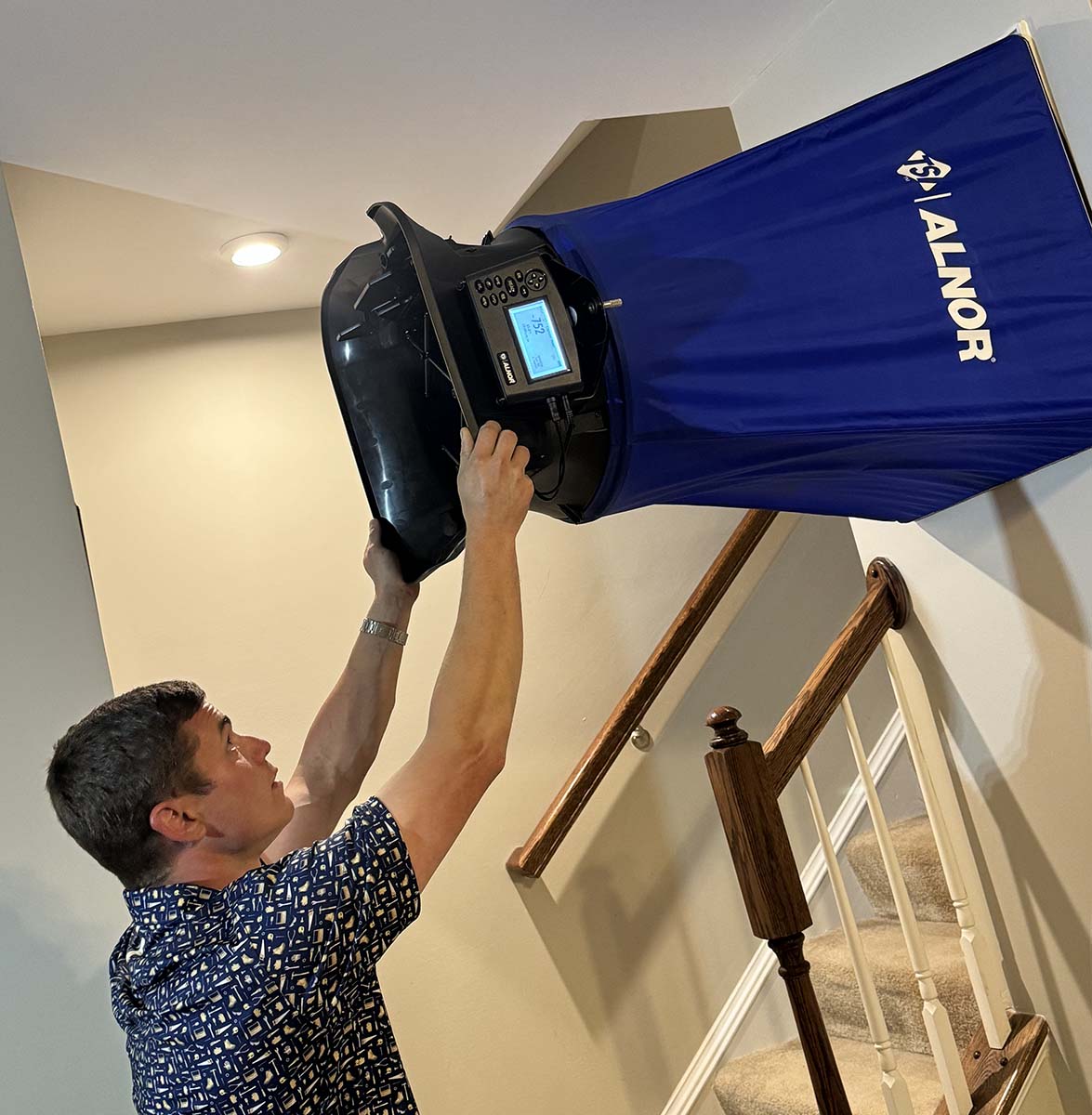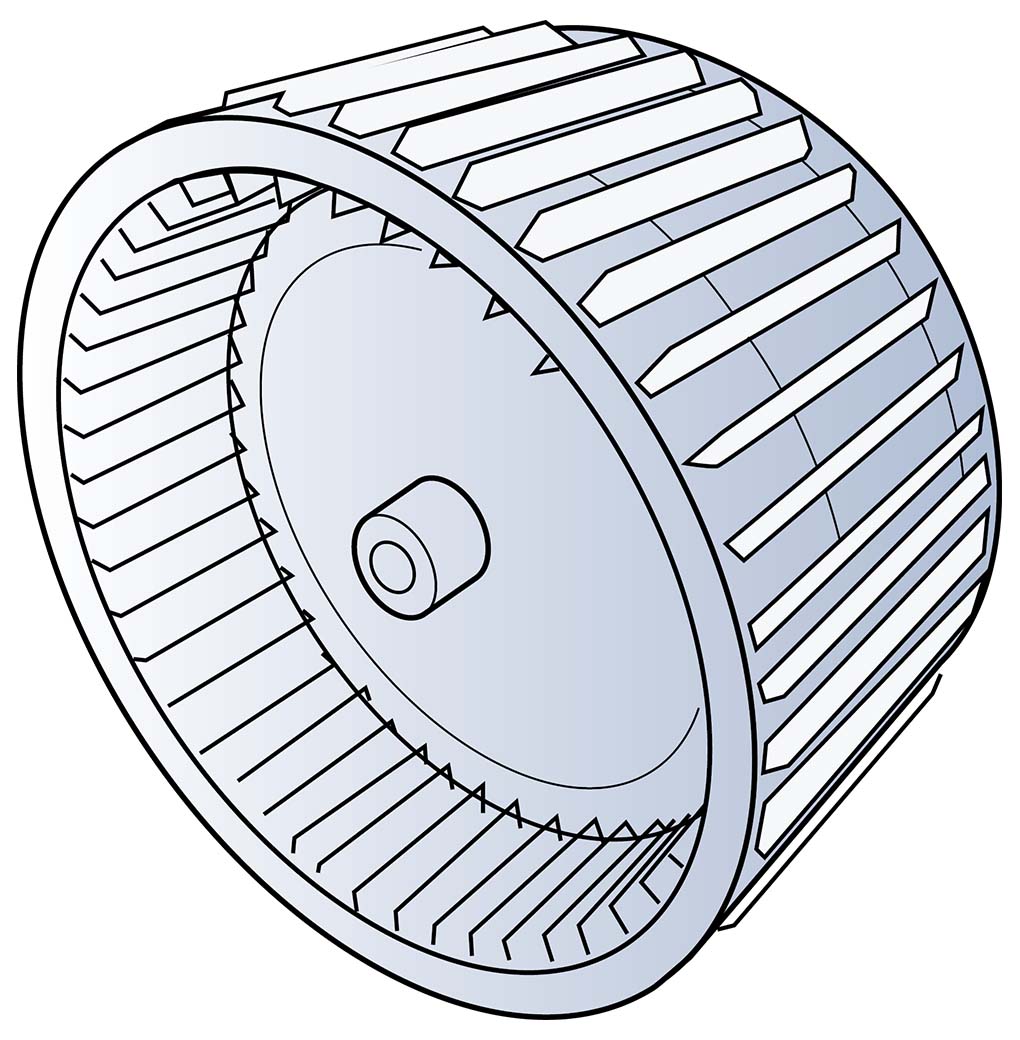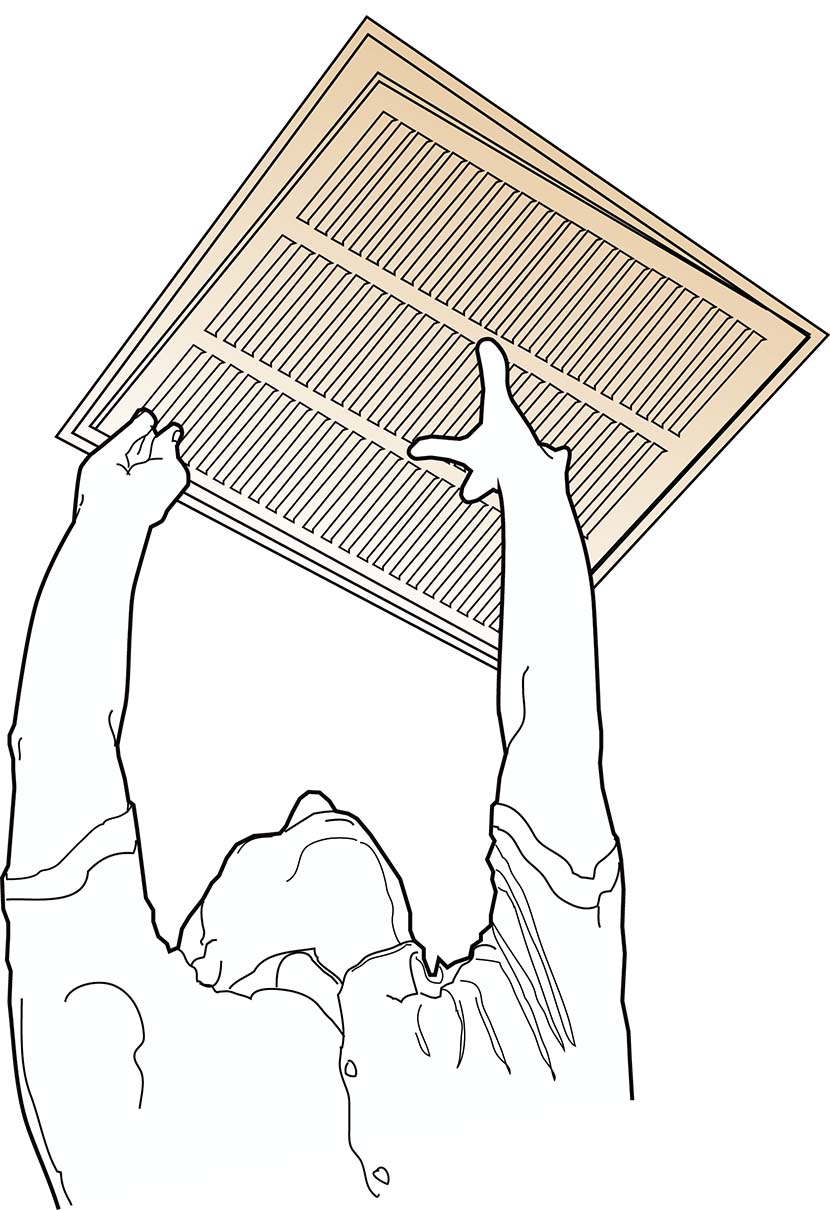If you grew up in the ‘80s like I did, chances are MTV (Music Television) was part of your childhood. Back then, this network played nonstop music videos and introduced many of us to the distinct sound of New Wave music. This style blended various influences to create a unique sound. Whether or ot you liked it, you can’t deny how New Wave change music.
There’s a similar change taking place right now in our industry, except it has nothing to do with music. Instead, it’s about an evolution surrounding duct renovation. There’s a new wave of duct renovators appearing across the country, and they aren’t traditional HVAC companies. Instead, their roots are in duct cleaning — an industry focused on the duct system and the condition of the air it delivers.
Many duct cleaning companies have unknowingly done this work for years as a service to their customers. Now they’re packaging airside measurement and duct renovations to serve their customers, as well as HVAC contractors who don’t have the time, workforce, or desire to upgrade poorly installed ducts.
A New Wave Example

AIRFLOW TESTING: Zach Ortwine, Owner of Southeast Clean Air Solutions, measures return grille airflow as he diagnoses a system. (Courtesy of Zach Ortwine)
Zach Ortwine with Southeast Clean Air Solutions LLC in Henrico, Virginia, is a great example of this new wave of duct renovators. For years, his company primarily performed HVAC system and air duct cleaning projects. It seemed natural for him to repair and improve poorly installed duct systems as part of his duct cleaning service. However, Zach admits he didn’t charge people enough for the value he provided. He viewed the work as a reflection of his character and his mission to best serve his customers.
Zach decided to bridge the gap between fixing duct issues and getting paid to prove the value. That meant he needed to take some classes. That’s how he hooked up with National Comfort Institute (NCI) Instructor John Puryear. Since then, Zach has taken what he learned in NCI classes and applied it in his company to show improvement in their results through measurements. As a result, he has new income opportunities, more repeat customers, and relationships with high-end HVAC contractors who view him as a valuable partner. But before he could get to this position, he had some planning and work to do.
HVAC Essentials for Duct Renovation

Blower wheel cleaning is a common duct cleaning repair. With airside measurements, a duct cleaner can show the improvement to offer additional value. (Courtesy of National Comfort Institute)
Duct cleaners already have many of the essential skills needed to renovate duct systems. They know how to work with various duct materials, what to look for in visual inspections. They also understand the tools required to work with ducts. More experienced duct cleaners also understand HVAC equipment electrical systems and can easily remove and install blower assemblies.
Installing new ducts and changing existing ones are the foundation of duct renovation. However, there are also skills that go beyond repairing and cleaning equipment and ducts. Any duct cleaner doing duct renovation work must know how to install static pressure test ports to measure airside pressures from the equipment and duct system. (Email me for a static pressure guide showing the most common locations). They also must know how to read equipment data plates to interpret equipment information. This includes:
- Maximum-rated total external static pressure (TESP)
- Fan airflow capacity
- Furnace heating capacity
- Appropriate fan performance table
- Outdoor unit cooling tonnage.
This information helps a renovator establish equipment airside targets to aim for when measuring. But to measure, you need the right test instruments.
Depending on how in-depth a duct cleaner wants to take renovations, the level of test instruments should match the level of service offered. Some duct cleaners only want to know the overall improvements they made, while others provide room-to-room improvements. There’s value in both approaches.
Regardless of the starting point and goals, a duct cleaner should begin with a manometer kit to measure and diagnose airside pressures. This kit typically includes:
- Manometer (digital or analog)
- Pressure tubing
- Static pressure tips
- Test port plugs.
My preferred manometer is The Energy Conservatory’s (TEC) DG-8 — also a great companion to their Digital TrueFlow Grid. Combined, they offer a simple way to measure and diagnose fan airflow that minimizes error and speeds up the testing process. Transitioning into room-by-room airflow measurements and duct system performance requires an additional investment in other test instruments like an air balancing hood and duct leakage tester.
Once the test instruments and tools are in place, the company needs to establish processes and procedures. Everyone in the company should know what to expect and follow the same steps. Many HVAC companies follow these seven steps for successful duct renovation.
Test and Diagnose to Build a Scope of Work
A visual inspection is the heart of any duct renovation. However, airside measurements are the missing link that guide you to what needs work and what doesn’t. Test results and diagnostics provide a starting point and eliminate guessing before any work is done. Duct cleaners who follow this approach for duct renovation often use a particular pattern to identify airside issues.
First, begin with static pressure testing. Start with Total External Static Pressure (TESP) to help determine overall airside health. If TESP is too low or high, further investigation into component pressure drops like the filter and coil often reveals the source(s) of restriction. After testing these components, a static pressure test of the return and supply ducts helps identify if the duct system is restrictive to airflow. Once static pressure testing is complete, add a fan airflow measurement to assess how much impact static pressure has on airflow.

Adding high-performance registers and grilles to a duct renovation opens up new revenue streams for duct cleaning companies. (Courtesy of National Comfort Institute)
For some duct cleaners, the preceding tests will be the extent of their measurements. However, others will use this information to generate leads for further testing to dive deeper into comfort problems related to poor airflow. They will measure airflow from the supply registers and return grilles to gauge how much airflow from the air-handling equipment makes it to each room. This in-depth level of testing often leads to further discoveries needed to improve a duct system. These may require solutions beyond the scope of work a duct cleaning company is comfortable with. This is the time to bring in a trusted HVAC contractor partner who can help provide a complete solution to the customer.
Once you have measurements and a diagnosis, build a reliable scope of work. Focus on the highest areas of static pressure resistance and lowest areas of airflow. They are the prime spots for duct renovation work. The air filter is a top component in need of repair to correct common types of filtration failure. Many existing services that duct cleaning companies offer will combine to form new solutions. Air Upgrade and Duct Optimization are two of the most common packages.
Next Steps
Before you can offer this new service and products to your customers, you’ll need to put a plan together. Start by marketing to your existing customers. They already know and trust you. A good approach is to allow the test results speak for themselves. Then ask questions to discover the root of any problems your customers want solved. This approach is like a physician would follow. If you truly want a customer to understand the severity of their system’s airside health, explain static pressure readings like a doctor.
Another option is to partner with High-Performance HVAC contractors who understand there’s more to the system than the equipment. Get involved with local HVAC associations to network and form potential alliances. Focus on the problems you solve for these companies. There are incredible contractors who want to ensure duct systems perform, they just don’t have the staff or time to focus on them. A partnership with them could have you working hand-in-hand to identify upgrade opportunities, solve customer issues, and extend equipment life.
Is It Time for a Duct Renovation Remix?
I firmly believe the duct cleaning industry can change duct renovation, just like New Wave changed music in the 1980s. It was a remix of different styles that connected with the MTV generation. This new approach to duct renovation is a remix of time-proven skills within the HVAC industry to a new generation that can partner with resource-strapped HVAC contractors so they can deliver systems that truly perform.
Remember Zach? In just two short months after his first NCI class, he sold his first $17,000 duct renovation project. He fast-tracked this approach into his company and continues to have success. If you don’t progress as quickly as Zach, don’t fret. It takes time to implement airside testing and duct renovation, so give yourself time to get comfortable. While results rarely happen overnight, the important part is to start. You never know where this opportunity may take you as homeowners look for proven solutions to their comfort problems.






Report Abusive Comment